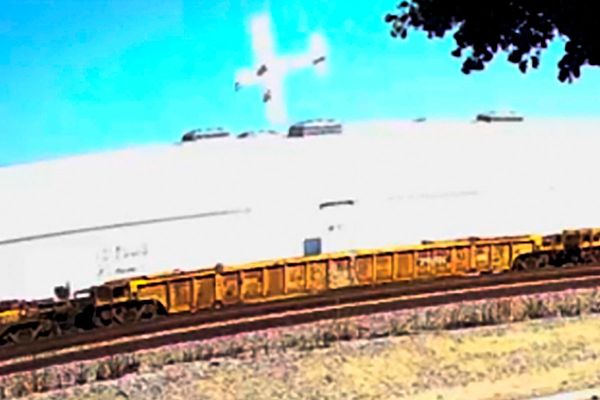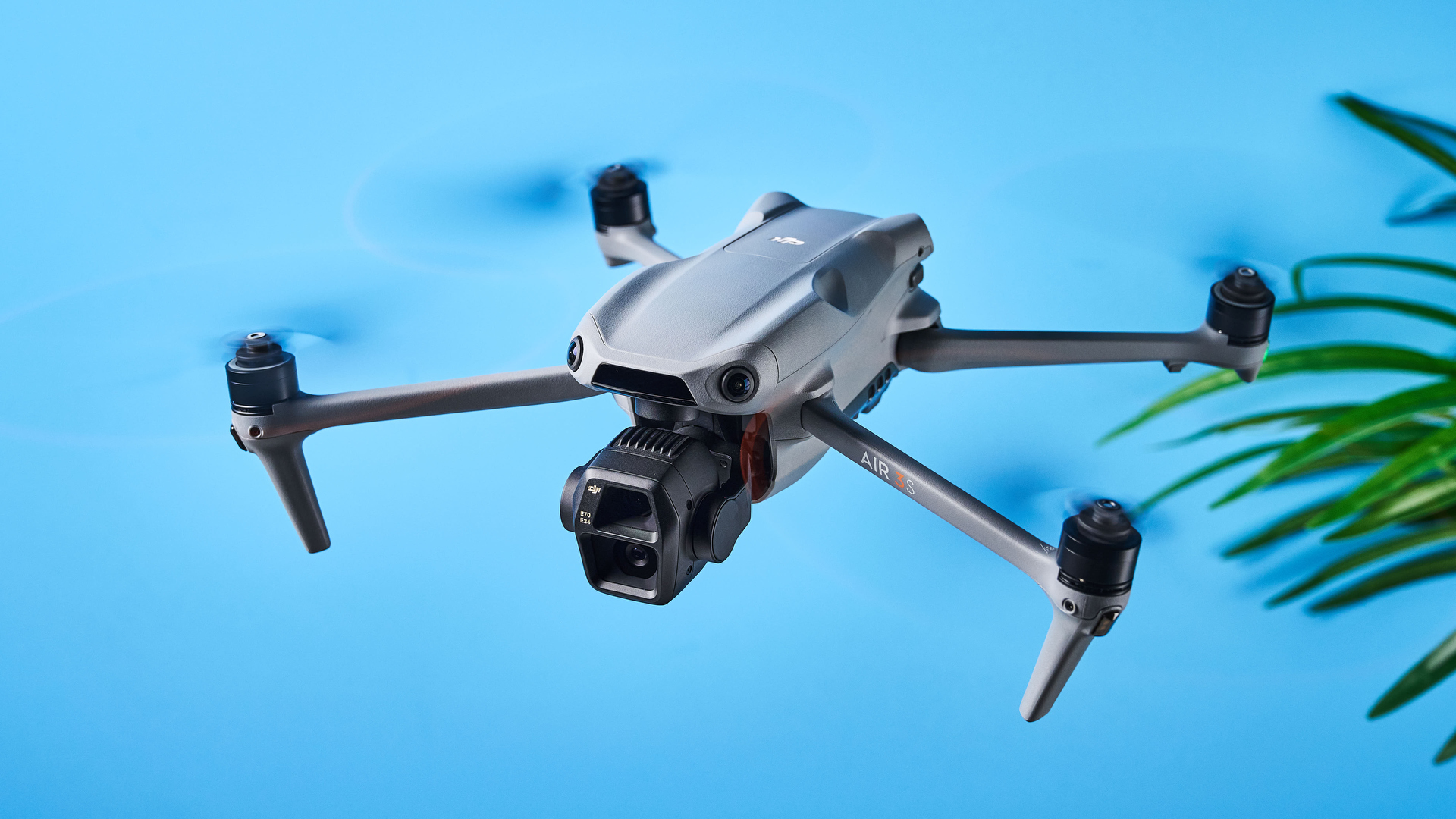
During the season of giving, perhaps someone gifted you one of the best drones or you picked one up for yourself as a hobby you'd like to take up in 2025.
Aerial photography is very exciting and can help unleash your creativity, but it can also be overwhelming. As a reviews writer at Tom's Guide, I test drones and push them to their limit to determine whether one's a good choice or not.
I'm a licensed drone pilot too and I'm well-versed in the art of aerial photography, so I'm here to share my top 9 tips before you fly your brand spankin' new drone.
1. Check the weather
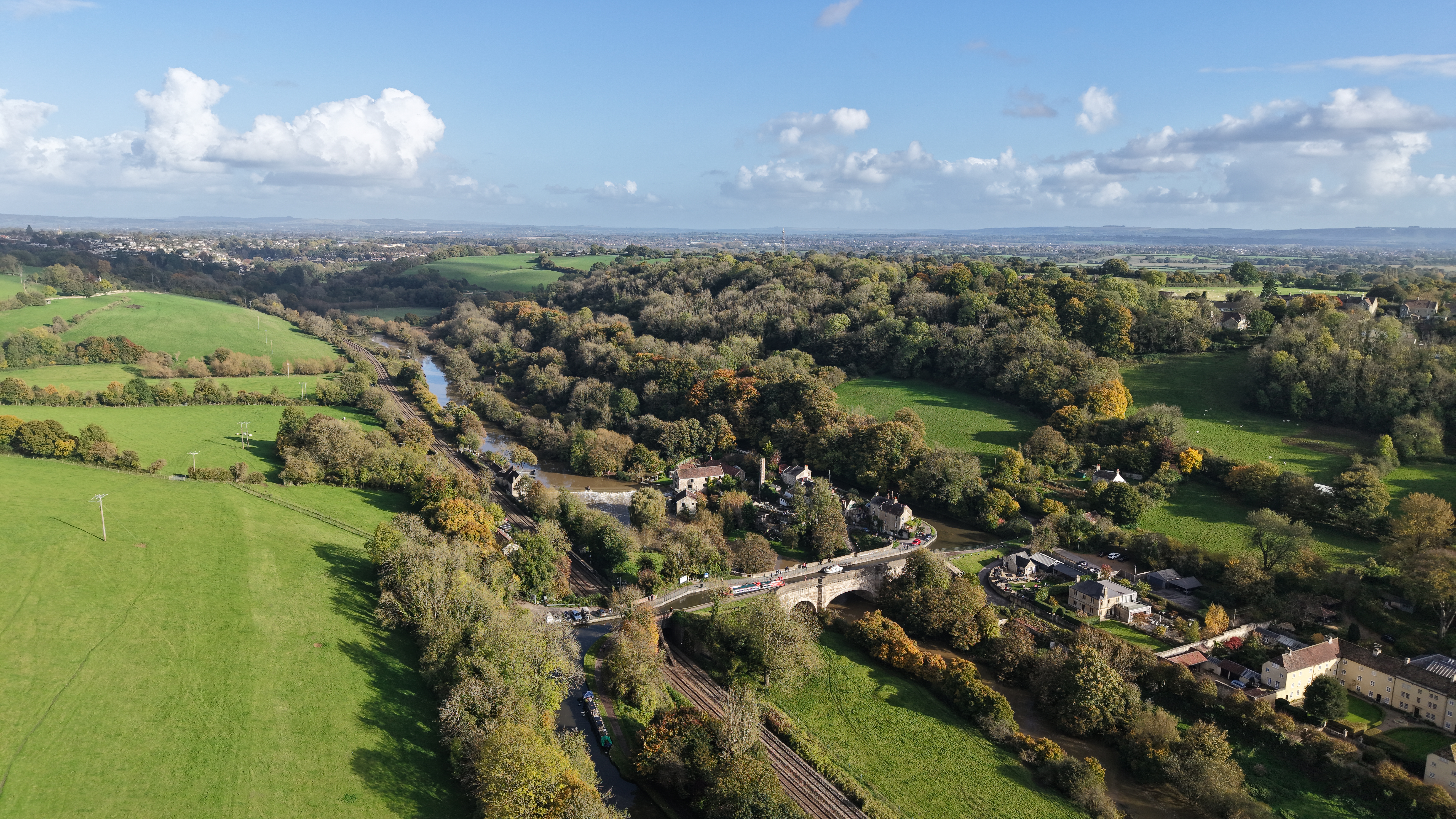
Sunny conditions and a clear sky are ideal for aerial photography but that won't always be the case. Check the weather conditions before flying but don't just look at the forecast. It's important to check wind speed, wind direction, chance of rain or snow, potential strong wind gusts, and cloud coverage. The UAV Forecast app shows all these factors in detail and is free to use, and I always check it before taking off.
2. Conduct a pre-flight check
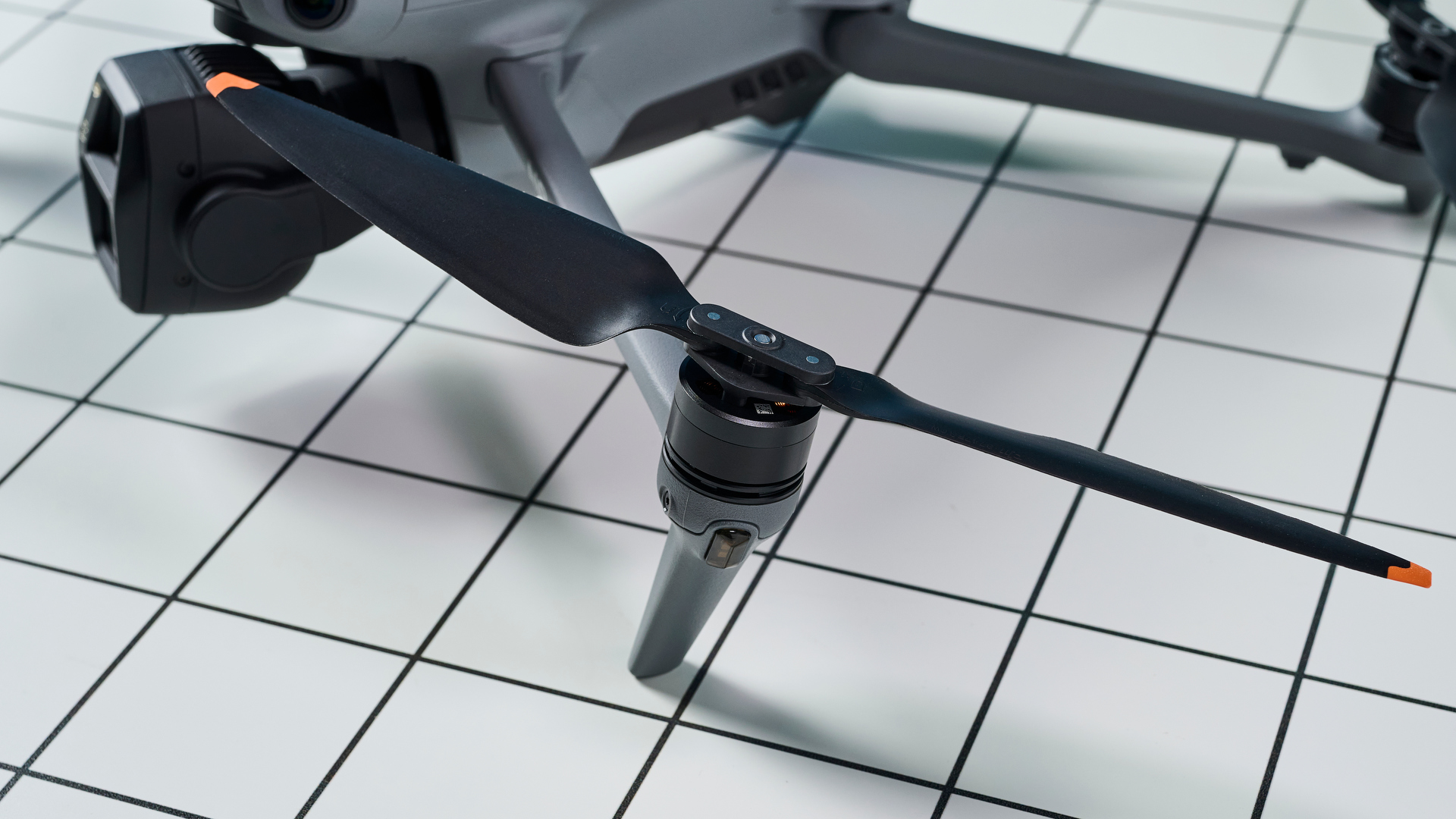
Before flying, check the drone's parts. Check the gimbal can move freely, and ensure the propellers aren't damaged. Propellers are delicate but most drones come with spare ones, so if you see signs of wear-and-tear, change them. It's also a good idea to recalibrate the compass and gimbal before every flight. This can be done via the controller or your smartphone, depending on the drone model.
Check that the drone has enough storage too as you won't want to run out of space while capturing a gorgeous scene.
3. Check local flying laws
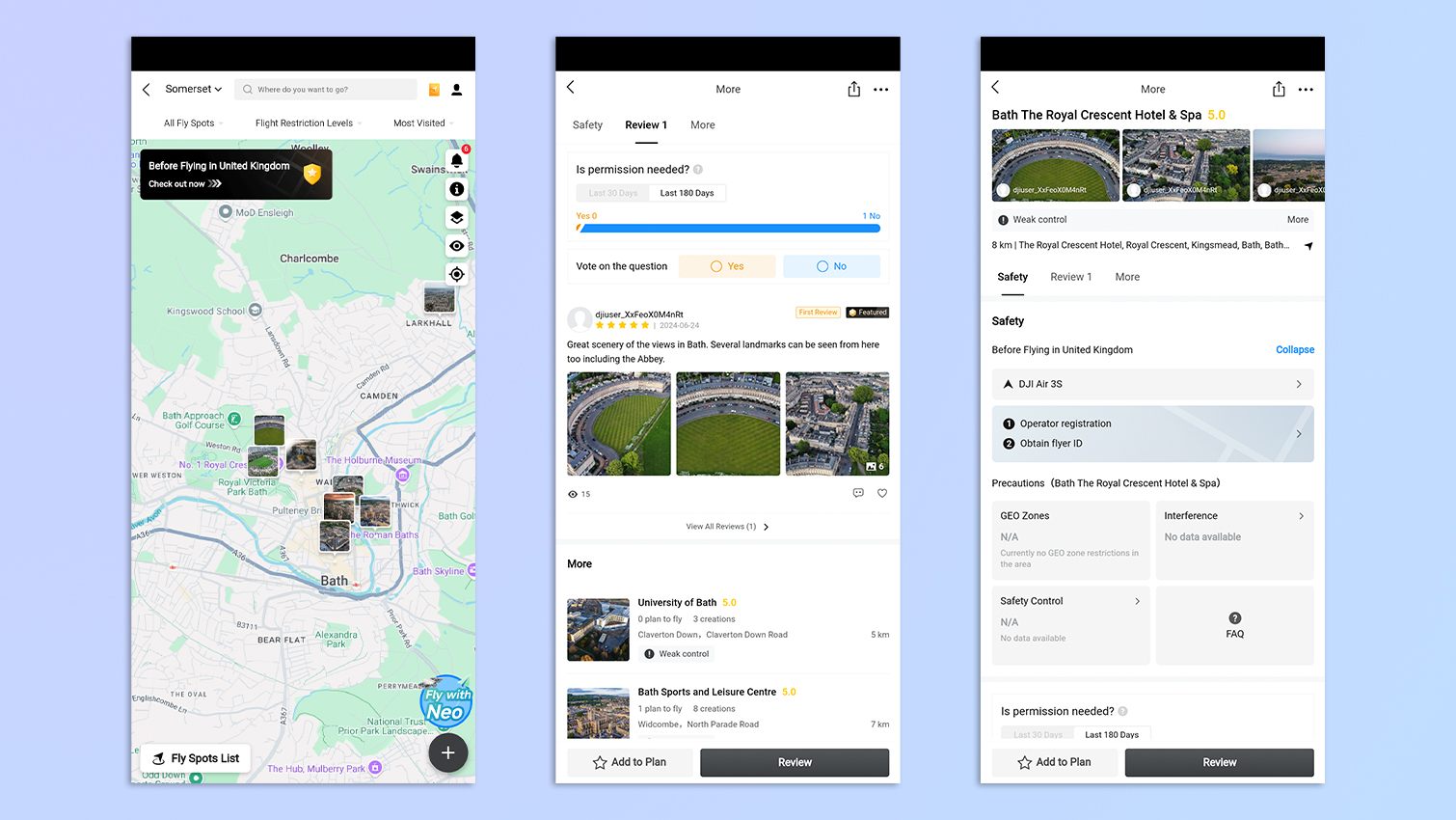
There are different types of airspace, such as restricted, prohibited, controlled, no-fly zones, etc. So it's important to check your local laws and fly in open airspace. There are various apps and websites you can use to check local laws but I always use the DJI Fly app which shows you everything you need to know at a glance.
You may also need to register as a drone pilot with the FAA in the U.S. and the CAA in the U.K. (and with similar organizations in the EU and Australia) if the drone weighs more than 8.78oz / 249g. I recommend registering regardless to be on the safe side.
4. Pack extra batteries
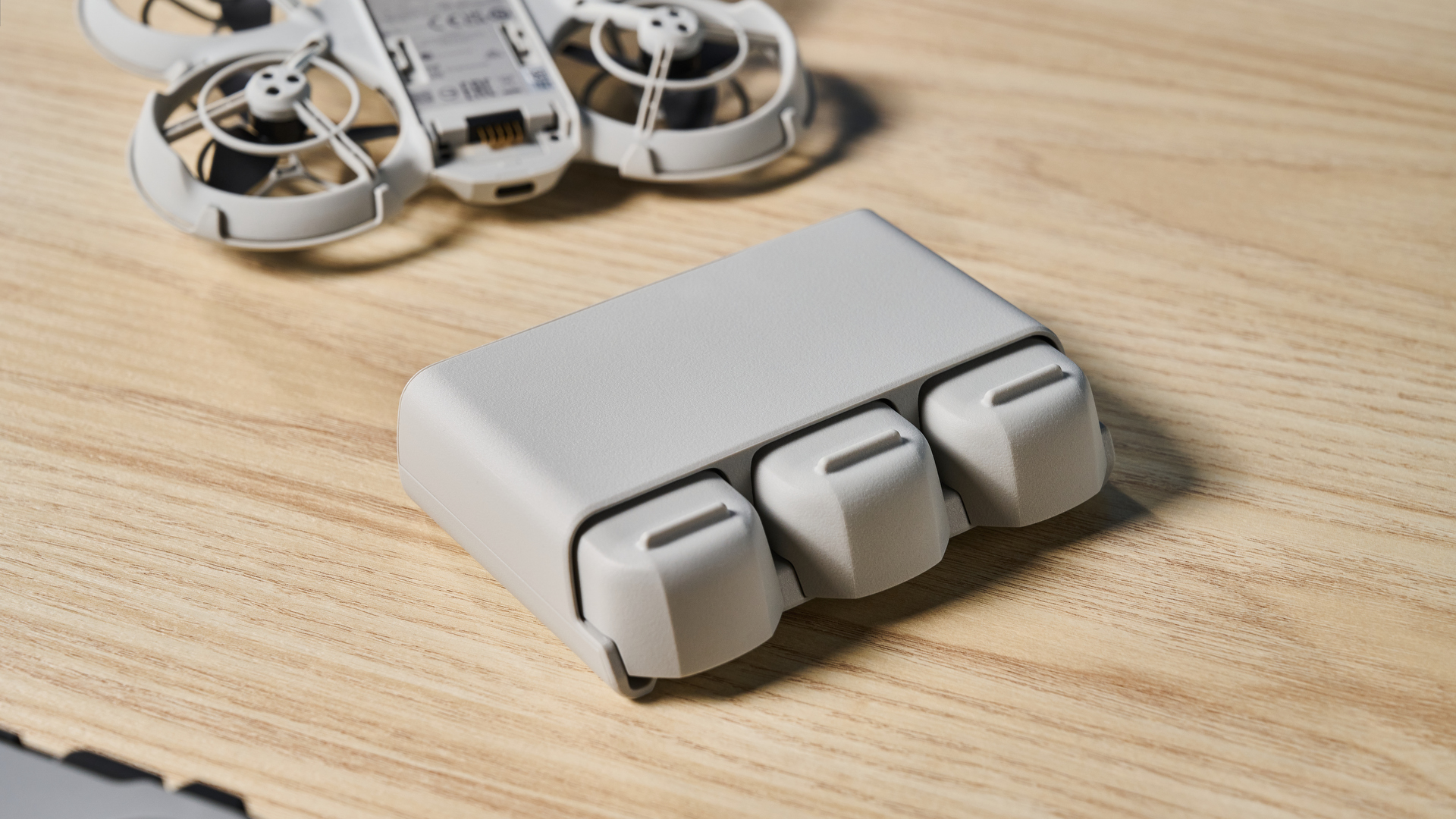
Keep your controller's and your drone's batteries fully charged before flying. You don't want to run out of power mid-flight, right? If you were gifted just a drone for Christmas, buy spare batteries and a charging hub, and invest in a portable power bank to charge on the go.
5. Fly in direct vision
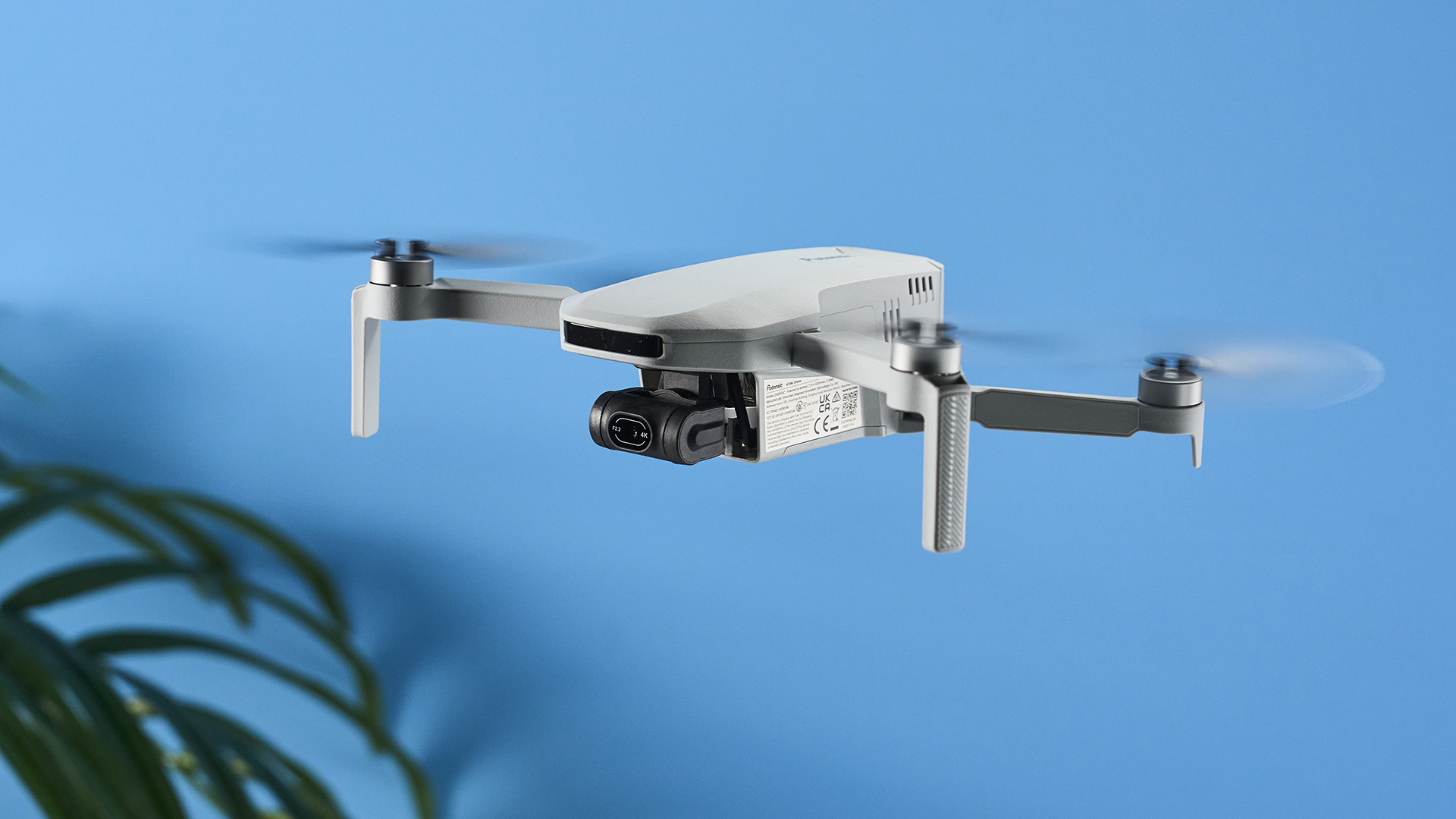
Always keep your drone is visual line of sight (VLOS). This means that you should be able to see where the drone is so you can gauge upcoming obstacles, people, vehicles, etc.
6. Check your controller regularly
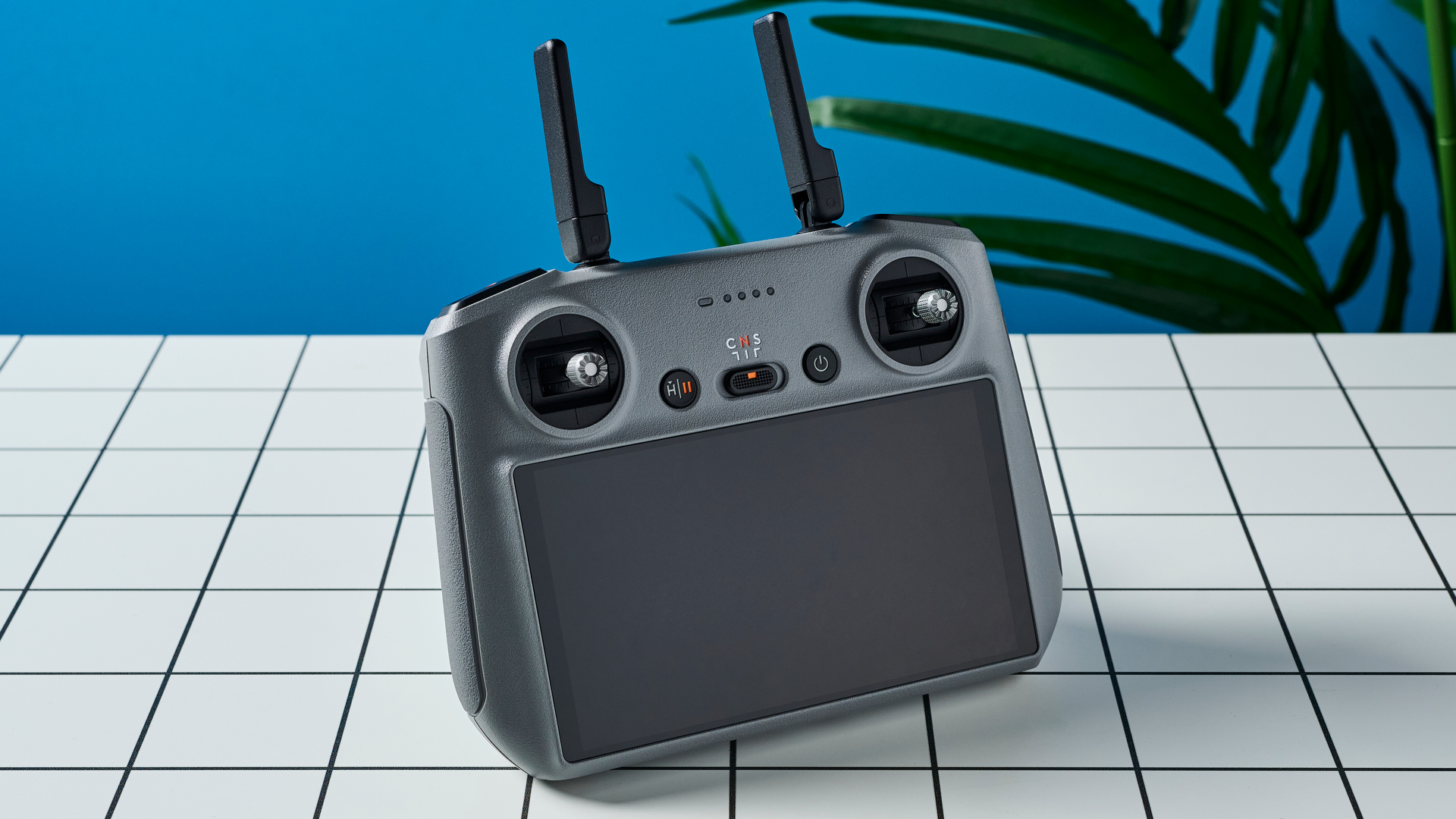
The drone's controller displays a lot of important information so it's crucial to familiarize yourself with your controller. As an example, pictured above is the RC-2 controller used to fly the DJI Air 3S. Its screen shows vital info such as number of connected satellites, signal strength, height and distance, speed, drone battery level and remaining flight time, and camera information.
It also shows a mini map to determine where you are relative to the drone's position. Always keep an eye on your controller for any flight warnings.
7. When in doubt, RTH
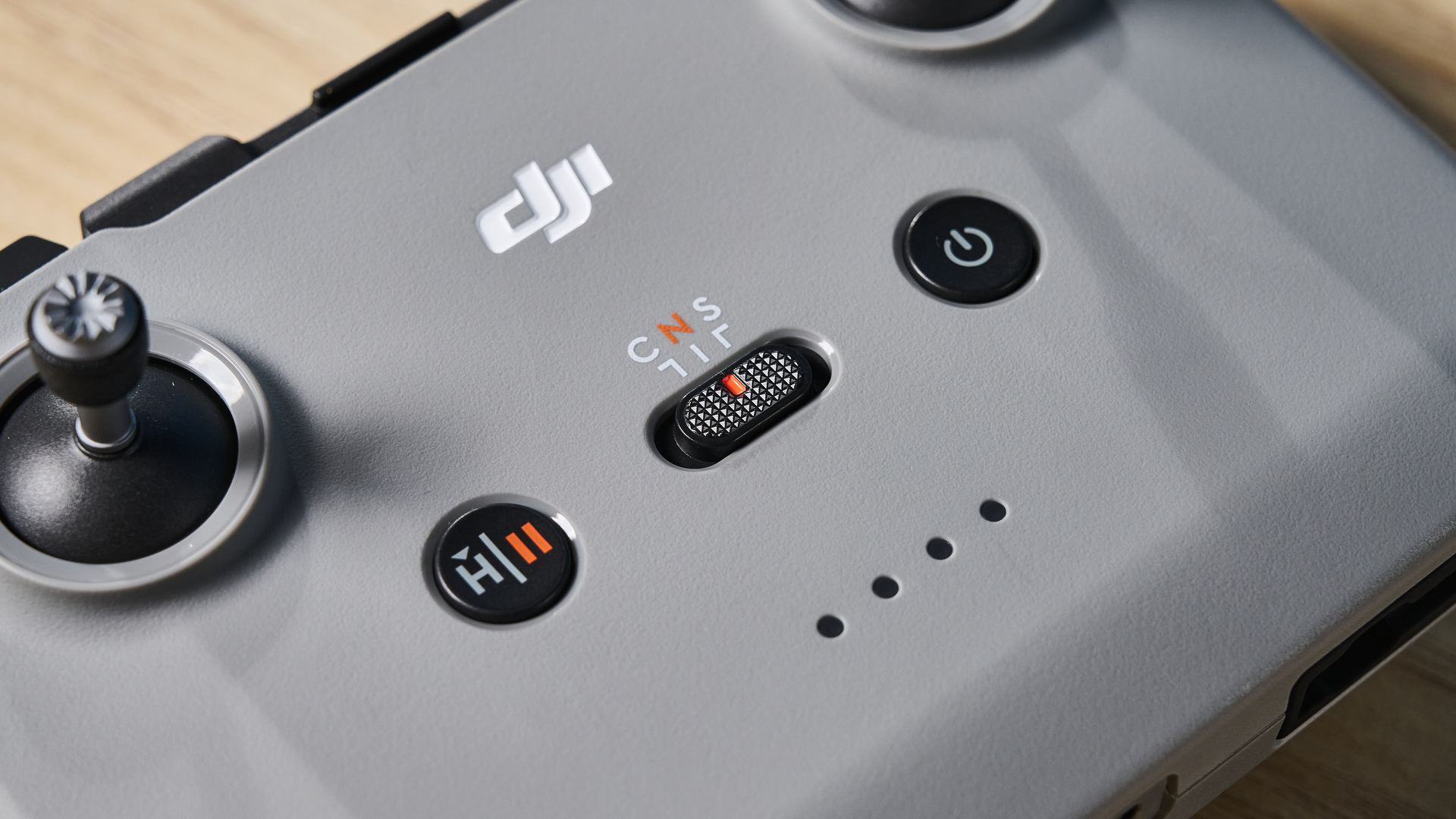
If you're in a tricky situation, don't panic. Most drones are equipped with smart Return to Home technology which, when triggered, forces the drone to return to its last takeoff position. Simply hover the drone and hit the RTH button (usually located on the controller itself) and trust it to do its job.
This also triggers automatically when a drone is low on battery.
8. Don't disturb wildlife

Maintain your distance from animals and birds. The photo above was taken with the DJI Air 3S' 3x zoom. Avoid flying over animals directly as the loud noise can disturb them. Birds may also want to protect their nests and consider the drone a threat. Promptly return to home and land in case you hear commotion from local wildlife.
9. Experiment!
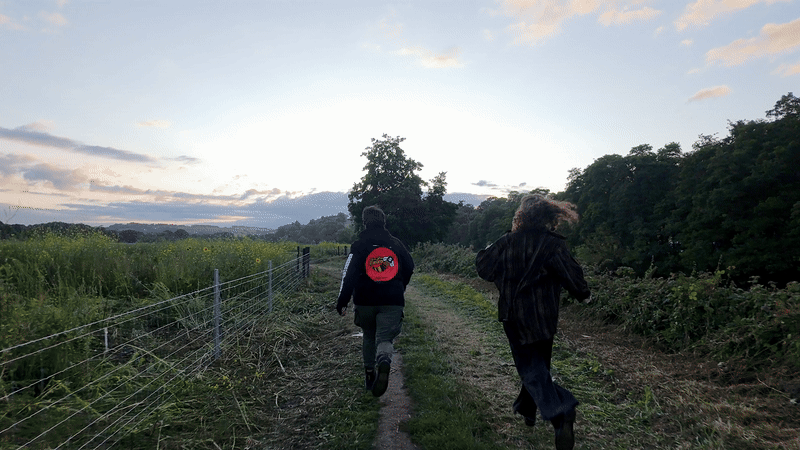
Many drones, like the DJI Neo and the Potensic Atom, feature QuickShot modes. These use subject detection to follow the person in the frame and record short videos (you can see an example above). Experiment with QuickShot modes, like Follow, Rocket, Spiral. The DJI Air 3S also shoots in D-Log which captures a wide dynamic range, so you can color-grade footage in post production. Don't be afraid to experiment to get really creative!
Now that you know the top tips for flying a drone, you're ready to take to the skies. Don't forget to have fun, be bold and experiment, and stay safe. If you're looking for some inspiration, don't forget to check out the sample footage in my Neo, Air 3S and Atom reviews — and see one of the best uses for a drone.




